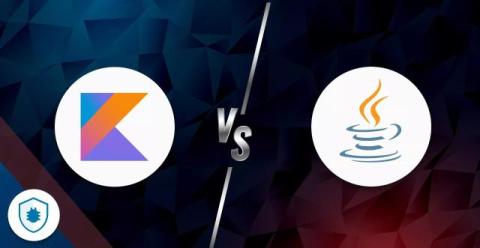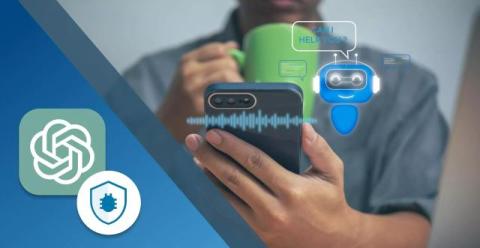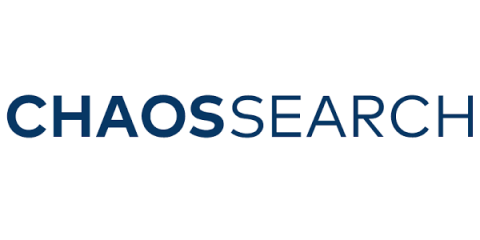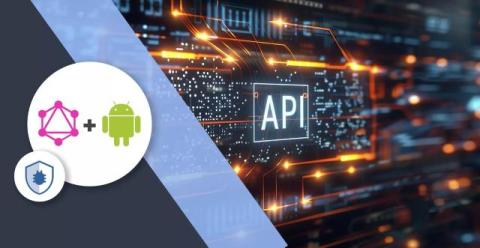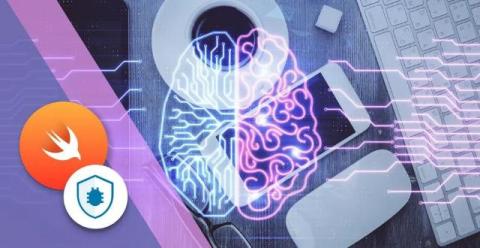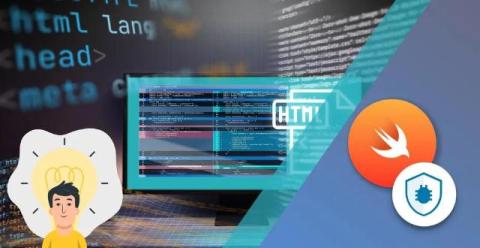Databricks Data Lakehouse Versus a Data Warehouse: What's the Difference?
Businesses today rely heavily on data to inform decisions, predict trends, and optimize operations. However, more data volume and complexity has led to growing pressure to find scalable, cost-effective solutions for data storage while staying within IT budgets. Companies want to handle both structured and unstructured data efficiently, while supporting advanced data analysis and machine learning use cases.



